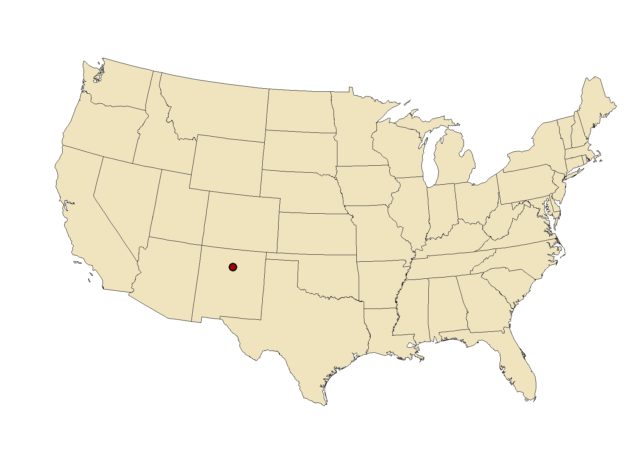Water is key to sustaining a community; without it cities could not exist. With the United States population increasing, water resources are precious and scarce in many regions. To meet the growing demand for water, cities particularly those located in arid, desert climates employ water conservation efforts to curb their water consumption.
Santa Fe, New Mexico’s capital city with a population of approximately 80,000, is working to efficiently use their water supply to serve its residents by reducing water consumption in the region. Santa Fe’s Long Range Water Supply Plan is an effort to balance the City’s resources and practices to meet current needs and serve residents at least 40 years into the future. This Plan spurred different water conservation initiatives, one being an extensive water efficiency rebate program.
 Santa Fe’s rebate program extends to residential and commercial properties and offers a customizable flexible rebate plan to accommodate differing businesses needs. The program provides the following rebates:
Santa Fe’s rebate program extends to residential and commercial properties and offers a customizable flexible rebate plan to accommodate differing businesses needs. The program provides the following rebates:
- Commercial Toilet Rebate: $125, $250, or $500 Rebate for a high-efficiency toilet (HET) with an effective flush volume of 1.28 gallons or less
- Residential Toilet Rebate: $175 Rebate for a high-efficiency toilet (HET) with an effective flush volume of 1.28 gallons or less
- Clothes Washer Rebate: $150 (front loader) or $350 (top loader) rebate for purchasing a new tier 3 high-efficiency clothes washer.
- Water Free Urinal Rebate: $500 Rebate for a water-free, waterless, or no-flush urinal
- Water Harvesting Rebate: $12, $25, or $50 Rebate for the purchase of up to four rain barrels:
- $12 – 50 to 99 gallon barrel
- $25 – 100 to 199 gallon barrel
- $50 – 200 to 499 gallon barrel OR
- $0.25 per gallon capacity for the installation of a water harvesting system (potable disconnect) with no make-up water.
In 2008, Santa Fe’s City Council approved a new rate schedule that established a special charge for all water service customers in order to solely fund water conservation programs, including the rebate program. New Mexico cities have a greater advantage than their counties to use incentive rebates because the majority of city residents use the municipal water company. With the majority of the population on municipal water, it makes it easier to provide broad access to this program. In contrast, the majority of county residents use private sources of water, such as wells, which makes it more difficult for the county to distribute incentives as administratively there is no easy or practical way to distribute the rebate credits to this population.
Santa Fe’s extensive water conservation efforts, including the water efficiency rebate program, are a major factor in the City’s water consumption decrease of 168 gallons per capita per day consumption in 1995 to less than 100 gallons per capita per day currently. This per capita water use is among the lowest in the Southwest and in the United States.
Case Study Resources
Downloaded from ResilientWest.org
a project of
Resilient Communities and Watersheds
POST A CASE STUDY


 Santa Fe’s rebate program extends to residential and commercial properties and offers a customizable flexible rebate plan to accommodate differing businesses needs. The program provides the following rebates:
Santa Fe’s rebate program extends to residential and commercial properties and offers a customizable flexible rebate plan to accommodate differing businesses needs. The program provides the following rebates: